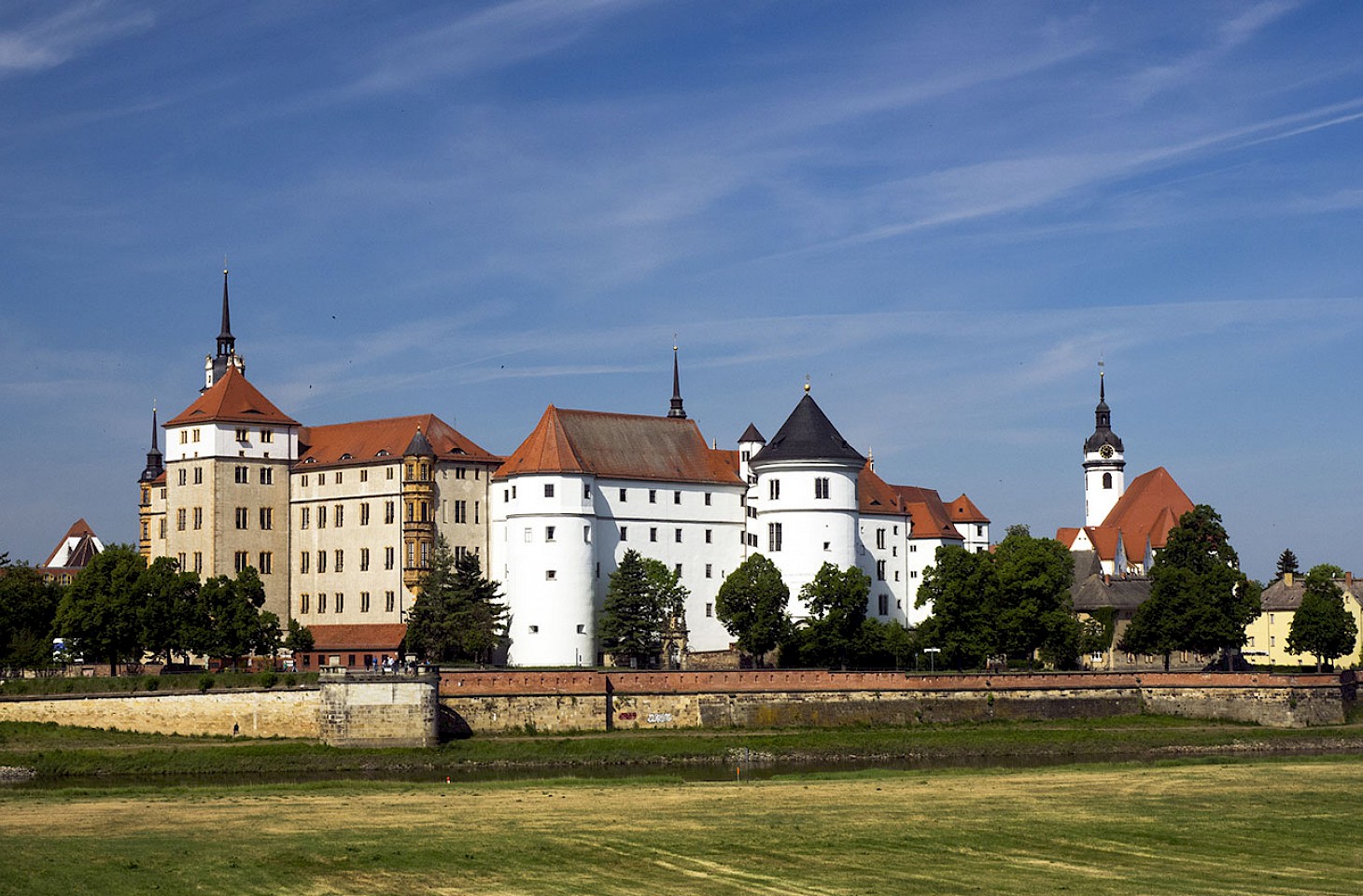With summer days slipping slowly into autumn, the sky above the lush, green woodland of Lower Austria’s Waldviertel region is a beautiful clear blue, scattered with cotton wool ribbons of white cloud. On the large, grassy terrace at Schloss Rosenburg, the castle’s spiky Renaissance towers overlooking a sheer drop to the Kamp Valley, falconer Vladimir Garaj swings a lure while on horseback, as the pale blur of a white gyrfalcon slices through the air.
The history of falconry stretches back thousands of years — there are records of it dating from the Ch’u Dynasty in China, and it appears on ancient Assyrian bas-reliefs. The earliest records of falconry in Europe are references in relation to the Goths. What must once have begun primarily as a method of hunting for food soon developed into a complex art form which carried enormous prestige.
A key figure in bringing knowledge on falconry from the Middle East into mediaeval Europe was Frederick II of Hohenstaufen (1194– 1250), who held a rather illustrious string of titles: Holy Roman Emperor, King of the Romans, King of Sicily and King of Jerusalem. To say that Frederick II was a keen falconer would be an understatement — he employed Arab, English, German, Italian and Spanish falconers at his court in Palermo, he commissioned the translation of Arab falconry works, and he wrote the first known European treatise on falconry, De arte venandi cum avibus (‘The Art of Hunting with Birds’). The book was first published in Latin and shortly after Frederick’s death a French translation appeared. The book was dedicated to Frederick’s son Manfred, also an avid falconer, and the most famous version of the work — a lavishly illustrated manuscript, now held at the Vatican as part of the Bibliotheca Palatina — includes additional commentaries and observations by Manfred himself.
Trade in falcons was extensive and lucrative, and falcons were highly prized as diplomatic gifts. The town of Valkenswaard in the Netherlands, for example, grew rich on the falconry trade in the 16th and 17th centuries, lying as it did on a migration route for peregrines (the word valk, used in the town's name, means ‘falcon’). Valkenswaard supplied falcons (and skilled falconers) to royal courts across Europe.
In the 19th century, following the French Revolution, its aristocratic status meant that falconry went into decline, with the newfound technology of firearms providing a much more popular — and immediate — method of hunting. It wasn’t until the 1920s and ‘30s, and again during the 1950s and ‘60s, that falconry began to enjoy a revival, its traditions and knowledge having been maintained and passed on by just enough practitioners to ensure its survival, with falconry associations springing up in response to its rediscovered popularity.




